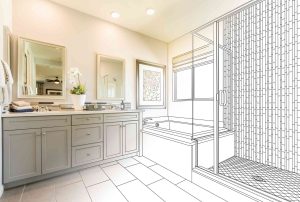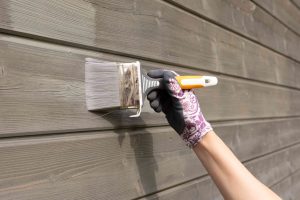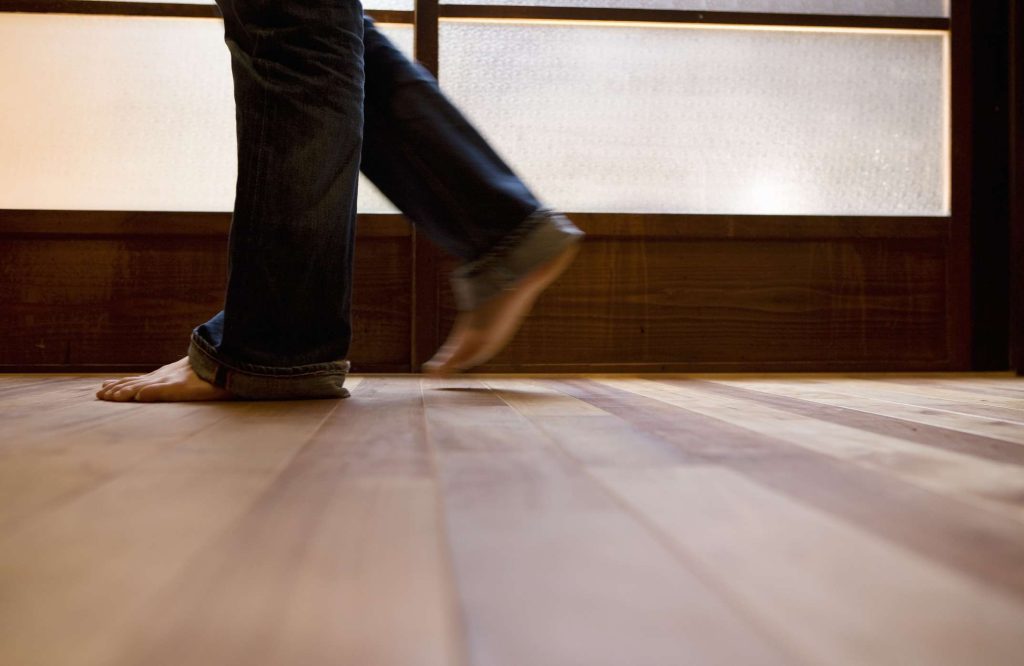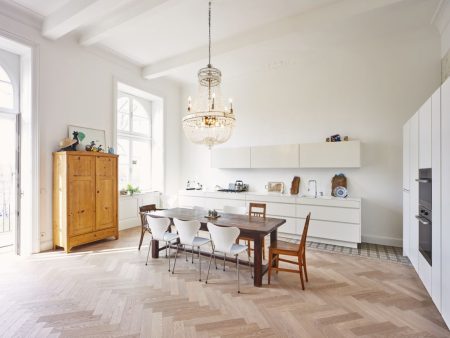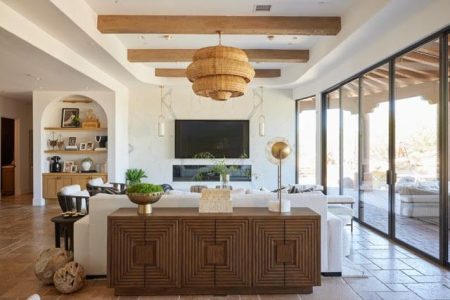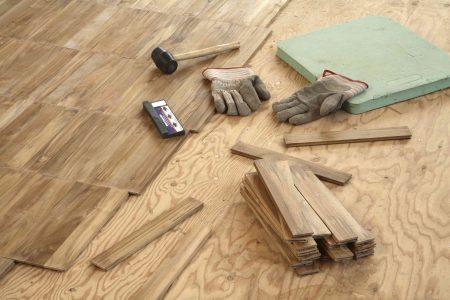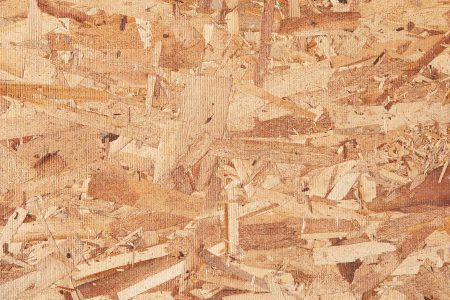Creaky, squeaky floors form the fabric of our home’s character. They announce the arrival of pets and children. They mark your progress as you walk to the kitchen for late-night snacks. They define home life.
But given a choice, many homeowners would undoubtedly choose to be without creakiness and have a quiet floor. A squeaky floor signifies an older home with noisy spaces that need attention. Even established homeowners may find that enough is just enough and that the problem has gone on for too long.
Fortunately, you can repair squeaky floors with simple techniques that are much easier than tearing up the floor and re-installing it.
What Causes Floor Squeaks
Before jumping into repairs, it helps to understand what causes squeaks. Friction is the underlying reason. All floor squeaks can be traced to two flooring elements rubbing against each other, such as:
- Nails or staples that are no longer holding the floorboard tight and are now rubbing through the hole in the floorboard. Most creaks in floors can be traced back to this.
- Two floorboards rubbing against each other. Sometimes, the floorboard is rubbing against another wood element, such as a stud (for perimeter floorboards).
- Subfloor fasteners pulling in and out of the underlying joist.
- Metal ductwork rubbing against the hole in the flooring that brings the duct up to floor level. Like other causes, this one is rarer since it is located around the perimeter, where people tend not to walk as much.
- Uneven or bowed joists rubbing against the subfloor.
Stopping the friction stops the squeaks. In most cases, this means physically controlling those two elements and preventing at least one of those elements from moving.
Before You Begin
We’ve included an extensive supply and tool list for this project. However, you won’t need all of the items listed; what you need depends upon the approach for stopping the squeaks. Read through the instructions carefully before gathering your supplies.
What You’ll Need
Equipment / Tools
- Painter’s tape
- Hammer
- Nailset
- Utility knife
- Cordless drill
- Cloths or rags
- Soft brush
- Vacuum
- Humidifier
- Fine-grit sandpaper
Materials
- Nails
- Wood shims
- Wood glue
- Construction adhesive
- 1-inch screws
- 1-inch finish nails
- Powdered graphite
- Wood filler
- 2×4 boards
- 2×8 boards
Instructions
Repairing Squeaks From Below
When you have access to the underside of your flooring from a crawlspace or basement, the repair will be easier and, in most cases, invisible.
If this is a finished space and there is a ceiling, you may want to assess whether the time and effort involved with removing and replacing part of the ceiling to gain access will be more beneficial than doing the repair from above. Drywall removal is messy and replacement equally so. On the other hand, the project is relatively low in cost, straightforward, and ensures that you will get to the heart of the noisy floor problem.
-
Locate the Squeak
Have someone from above step on the squeaky spot while you pinpoint the location from below. Mark the spot with a square of removable painter’s tape. Next, try any number of these repairs, beginning at the top, combining as needed.
-
Shim the Floorboard
Tap a wood shim between the joist and the floorboard or subfloor. If this works, remove the shim, coat with wood glue, and insert again. Force in the shim only far enough to stop the squeak.
-
Pull the Floor Layers Together
While wood shims will separate flooring materials, a product called Squeak-Ender does the opposite: it pulls flooring layers together. This avoids any bowing effect that shims might cause and effectively brings the layers back to their true state.
-
Sister the Floorboards
Bent, twisted, and otherwise malformed joists can be cured by sistering a 2×4 board along the joist, butted up against the subfloor or floorboards.
-
Glue the Flooring
Run a long bead of construction adhesive in the seam between the joists and the floorboards or subfloor.
-
Create Lateral Control
Sometimes lateral control is just as important as vertical control. If your joists lack blocking or the current blocks may not be doing their job, cut 2×8 boards to fit between the joists’ midpoints, tap them into place, then hammer into the joists with nails.
Repairing Squeaks From Above
When you do not have access to the bottom side of the flooring or if gaining access proves to be too difficult, you have a few options for top-side repairs of floor squeaks.
-
Use Powdered Graphite
If you have solid hardwood or engineered wood floorboards, the creak might be caused by the floorboards rubbing against each other. Squirt powdered graphite between the boards, then lightly rub the product into the seams with a soft brush or cloth. Vacuum up the excess.
-
Use a Humidifier
Decreased humidity levels dry out wood flooring and accentuate squeaking. Adding a humidifier to gently raise the room’s humidity may eliminate the squeaks.
-
Refasten the Subfloor
Pull back the floor covering to access the subfloor. Wall-to-wall carpeting, edge-stapled resilient flooring, and floating floors can be pulled up since they are only minimally attached to the subfloor.
Locate the joists and drive 1-inch screws through the subfloor and into the joists near the problem areas. In some cases, it is appropriate to use nails and screws longer than 1 inch, but it’s usually safest to stick with 1-inch screws since you limit your risk of causing electrical or plumbing damage.
For carpeting that cannot be pulled back, separate the carpet fibers to expose an area about 1/4-inch in diameter. If necessary, cut back a few fibers with a utility knife to excise just enough fibers to expose the area. Drive a 1-inch screw through the area into a joist until the head of the screw is flat with the carpet backing. Comb back the carpet pile with your fingers to cover up the area.
-
Nail Through the Floor
For hardwood or engineered wood floors, drill a pilot hole at an angle through the floorboard, directly above a joist. With a hammer, nail a 1-inch finish nail through the pilot hole. Countersink the nail with a nailset.
Cover the tiny hole with matching wood filler. After the filler has dried, very gently sand it down to level with the floor.
Read the full article here



